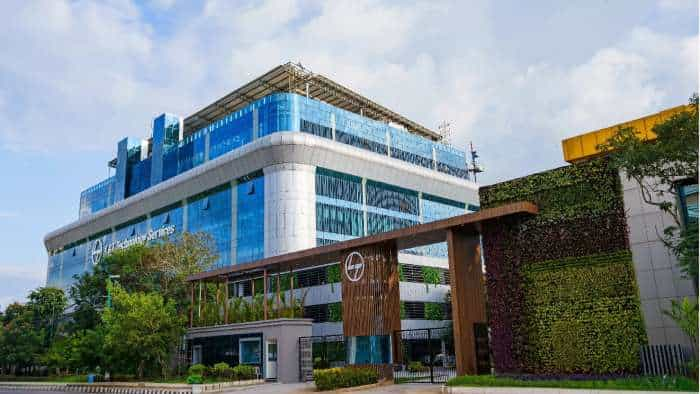Sell-off over, value emerging in Indian govt bonds
While India's 10-year real yields (3.2 per cent) look high compared to peers across the region and the 2-year/10-year spread (at 71bps) is wide by historical standards, there could be better entry points in the coming months as the market digests increased issuances, DBS observed.

The outlook for Indian government bonds remains challenging, but some value may be emerging after the sharp sell-off over the past six months, says Singapore's DBS Banking Group. In addition to renewed supply pressure into fiscal year 2019 domestically, developed market yields are likely to rise further as monetary normalisation continues, it observed in today' daily market report.
"Under these circumstances, INgov yields are still likely to face upward pressure," said DBS.
"However, we think that the bulk of the sell-off may be behind us and yield increases are likely to be more modest going forward.
"Notably, India's CPI has eased somewhat, reducing any urgency to hike rates, allowing our tactical view of favouring shorter-term bonds to play out.
We are neutral-to-negative on longer-term bonds and still see yields heading higher," it said.
While India's 10-year real yields (3.2 per cent) look high compared to peers across the region and the 2-year/10-year spread (at 71bps) is wide by historical standards, there could be better entry points in the coming months as the market digests increased issuances, DBS observed.
As for the Indian rupee, it has been depreciating with the Indian equities since the end of January.
"Coincidentally, both the rupee and the BSE Sensex were the second worst-performers in Asia ex-Japan (or outside Japan)," DBS said.
As of 19 March, the rupee had depreciated -2% year-to-date (YTD) against the US dollar while the Sensex fell more by 3.3% YTD.
The vulnerability of the exchange rate to the weak stock market is understandable, believes DBS.
India needs capital inflows to fund its current account deficit which has more-than-doubled to 1.9 per cent of GDP in April-December versus 0.7 per cent the same period a year earlier.
"We expect the savings-investment gap to widen to 2-2.2 per cent of GDP in FY19 from a projected 1.8 per cent in the current financial year, ending March 2018," said the bank.
As of September 2017, India's short-term external debt totalled 3.8 per cent of GDP.
It did not help that Indian bonds had been under pressure since mid-2017, but this was due mostly to a wider fiscal deficit, felt DBS.
Overall, India's financing requirements will keep the rupee vulnerable to rising US rates this year, especially if they weigh on global equities.
"Our view remains for the rupee to depreciate towards 67 this year," said DBS.
Get Latest Business News, Stock Market Updates and Videos; Check your tax outgo through Income Tax Calculator and save money through our Personal Finance coverage. Check Business Breaking News Live on Zee Business Twitter and Facebook. Subscribe on YouTube.
03:04 PM IST











 Rupee rebounds 8 paise to close at 86.62; remains under pressure on elevated crude prices
Rupee rebounds 8 paise to close at 86.62; remains under pressure on elevated crude prices Rupee depreciation yields limited benefits for exporters: Experts
Rupee depreciation yields limited benefits for exporters: Experts Falling rupee puts pressure on Air India's cost structure; international flights provide hedge: Company official
Falling rupee puts pressure on Air India's cost structure; international flights provide hedge: Company official Rupee falls 1 paisa to 85.87 against US dollar
Rupee falls 1 paisa to 85.87 against US dollar Rupee recovers marginally, ends 4 paise higher at 85.87 against the US dollar
Rupee recovers marginally, ends 4 paise higher at 85.87 against the US dollar